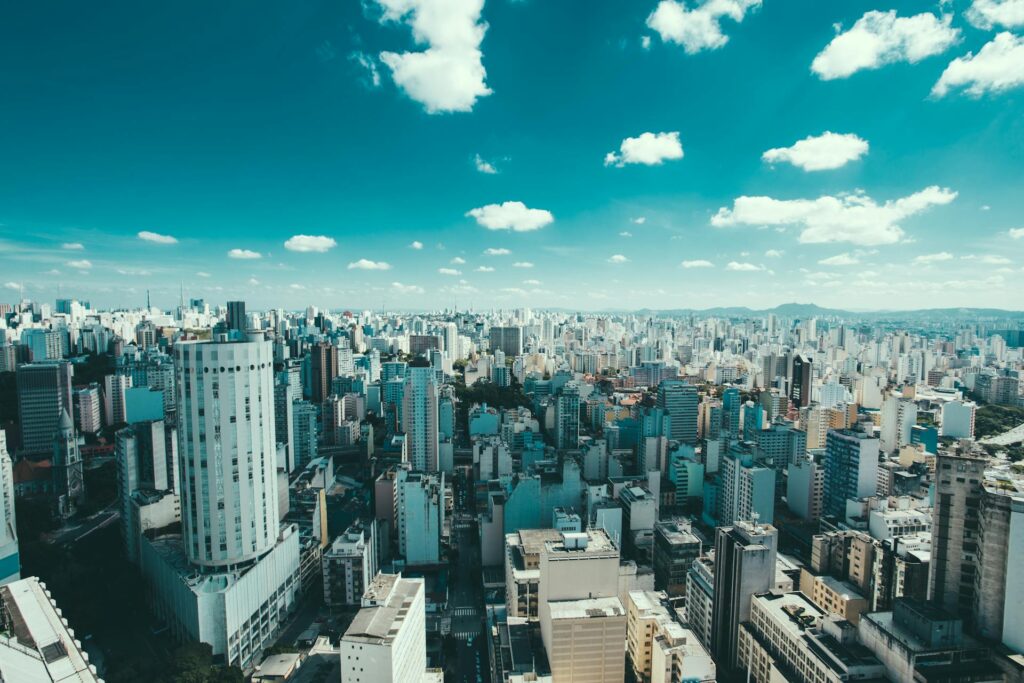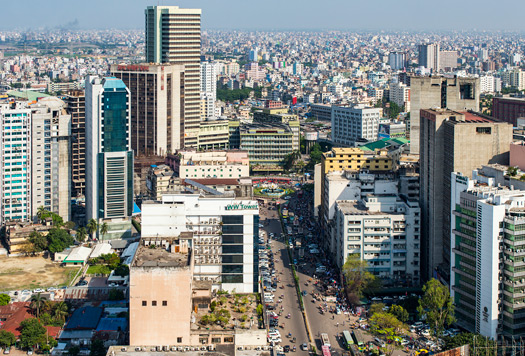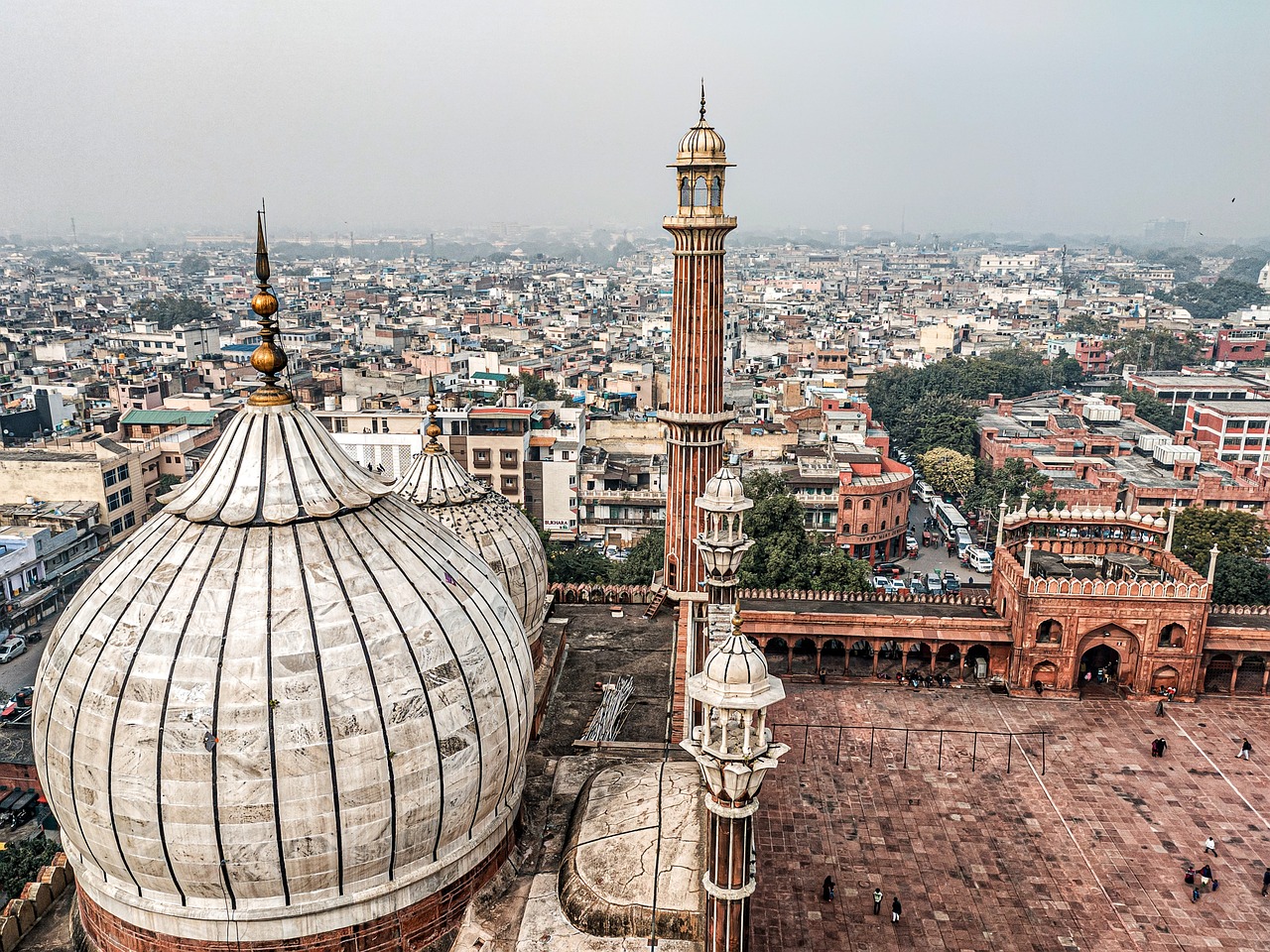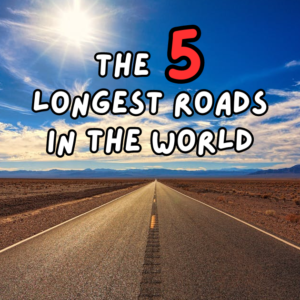
In the last couple of centuries the population on Earth has gone through a near exponential explosion in size, reaching an estimated 8 billion people in 2022. This milestone marks a significant increase from 7 billion just over a decade ago.
The growth has been largely driven by declining mortality rates due to advancements in healthcare, improved access to clean water, better sanitation, and more effective disease control. These developments have contributed to longer life expectancies, particularly in developing regions.
Sub-Saharan Africa and parts of South Asia are seeing the fastest population growth, fueled by high birth rates and improvements in infant survival. Countries like Nigeria, India, and Ethiopia are set to witness substantial demographic shifts, with their young populations poised to drive future economic and social changes.
However, this population surge presents significant challenges. Overpopulation puts pressure on natural resources, food supplies, housing, and infrastructure. It also exacerbates environmental issues like deforestation, climate change, and loss of biodiversity. Some regions, particularly in Europe and East Asia, face contrasting issues of aging populations and declining birth rates, which could strain labor markets and social services.
As Earth’s population continues to rise it has led to the rise in mega cities that have larger populations than many small countries!
What are the five biggest cities in the world?
Now we get to the main question.
Millions of people. Now I can understand this number mathematically. But trying to visualise millions of something, never mind tens of millions, starts to make my brain want to run in fear and hide under the stairs.
I think the biggest crowd I’ve experienced was while watching Scotland play at Murray field, with a max size of around 67,000. But trying to imagine over 300x that just doesn’t work.
5 – São Paulo, Brazil – 22.8 million

São Paulo, Brazil, is one of the largest and most populous cities in the world, with a population exceeding 12 million within the city proper and over 22 million in its metropolitan area. As the financial and economic hub of Brazil and Latin America, São Paulo plays a critical role in global commerce, culture, and industry. Its immense size and diversity make it a melting pot of cultures, with significant Italian, Japanese, Arab, and Portuguese communities, contributing to its vibrant culinary and cultural scene.
The city’s skyline is dominated by towering skyscrapers, reflecting its status as a center for finance, corporate headquarters, and international business. São Paulo is also a leading cultural destination, home to renowned museums, theaters, and art galleries, including the São Paulo Museum of Art (MASP) and the annual São Paulo Art Biennial.
Despite its economic power, São Paulo faces many challenges typical of megacities, such as traffic congestion, pollution, and significant social inequality. Favelas (informal settlements) exist alongside wealthy neighborhoods, highlighting disparities in housing, education, and healthcare.
As one of the world’s largest cities, São Paulo continues to grow and evolve, balancing its economic dynamism with the social and environmental pressures of urbanization.
4 – Dhaka, Bangladesh – 23.9 million

Dhaka, the capital of Bangladesh, is one of the world’s largest cities, with a population exceeding 20 million. Known as the “City of Mosques,” it boasts a rich tapestry of culture, history, and architectural diversity. The city has experienced rapid urbanization, driven by rural migration and a burgeoning garment industry, making it a crucial economic hub in South Asia.
Dhaka’s bustling streets are a vivid reflection of its vibrancy, filled with rickshaws, markets, and street vendors. However, this growth has brought challenges, including overcrowding, traffic congestion, and inadequate infrastructure. The city is often grappling with issues like pollution and access to basic services, highlighting the urgent need for sustainable urban planning.
Despite these challenges, Dhaka is a city of resilience and innovation. Its inhabitants, known for their warmth and hospitality, contribute to a rich cultural scene, from traditional music and dance to contemporary art and cuisine. Landmarks like the Lalbagh Fort and the historic Ahsan Manzil stand as testaments to its storied past. As Dhaka continues to evolve, it embodies the complexities of urban life, representing both the promise and the difficulties of one of the world’s megacities.
3 – Shanghai, China – 29.8 million

Shanghai, one of the world’s largest cities, epitomizes the blend of tradition and modernity. With a population exceeding 29 million, it stands as a global financial hub and a cultural melting pot. The city’s skyline is a striking juxtaposition of historical architecture and futuristic skyscrapers, with landmarks like the iconic Oriental Pearl Tower and the historic Bund reflecting its rich heritage and rapid growth.
As a key player in international trade, Shanghai boasts one of the busiest ports globally, facilitating commerce and attracting businesses from all over the world. The city’s economic prowess is complemented by its vibrant arts scene, bustling markets, and diverse culinary offerings, making it a magnet for tourists and expatriates alike.
Shanghai’s extensive public transportation system, including its famous Maglev train, enhances accessibility, connecting the various districts and facilitating movement across this sprawling metropolis. Cultural festivals and events celebrate the city’s dynamic spirit, showcasing its blend of Eastern and Western influences.
In essence, Shanghai is not just a city; it is a testament to urban evolution, where history and innovation coexist, creating an environment that is both exhilarating and inviting. As it continues to grow, Shanghai remains a symbol of opportunity and diversity on the world stage.
2 – Delhi, India – 33.8 million

Delhi, one of the world’s largest cities, is a vibrant tapestry of history, culture, and modernity. With a population surpassing 33 million, it serves as India’s capital and a major political, economic, and cultural center. The city is marked by its stunning architecture, from ancient monuments like the Red Fort and Qutub Minar to contemporary structures such as the Lotus Temple, reflecting its rich heritage and evolving identity.
As a significant hub for commerce and trade, Delhi attracts businesses and entrepreneurs from across the globe. The bustling markets of Chandni Chowk and upscale malls of Connaught Place showcase the city’s diverse economic landscape. Its rich culinary scene, ranging from street food to fine dining, offers a taste of the country’s myriad flavors.
Delhi’s extensive public transportation network, including the efficient metro system, connects its diverse neighborhoods, facilitating the movement of millions daily. The city hosts numerous cultural events and festivals, celebrating its diverse population and fostering a sense of community.
As it grapples with challenges like urbanization and pollution, Delhi remains a dynamic metropolis, constantly reinventing itself while holding onto its historical roots. This unique blend of past and present makes Delhi a fascinating city on the global stage.
1 – Tokyo, Japan – 37.1 million

Tokyo, the capital of Japan, stands as one of the world’s largest and most vibrant cities. With a population exceeding 14 million within its 23 wards and over 37 million in the Greater Tokyo Area, it is a bustling metropolis that seamlessly blends tradition with modernity. Skyscrapers dominate the skyline, housing businesses, shops, and apartments, while historic temples and shrines, like Senso-ji and Meiji Shrine, offer a glimpse into the city’s rich cultural heritage.
Tokyo is renowned for its efficient public transport system, which includes the iconic Shinkansen (bullet trains) and an extensive subway network, making it easy to navigate. The city is a hub of innovation and technology, home to major corporations and startups alike. Culinary delights abound, from street food stalls to Michelin-starred restaurants, showcasing Japan’s diverse cuisine.
Tokyo’s neighborhoods each possess unique charm; Shibuya buzzes with youth culture, while Asakusa retains a sense of history. Parks like Ueno and Yoyogi provide green spaces amidst the urban hustle. Whether experiencing the neon-lit streets of Shinjuku or the tranquility of the Imperial Palace, Tokyo captivates millions of visitors each year, solidifying its status as a global city of immense significance and allure.
